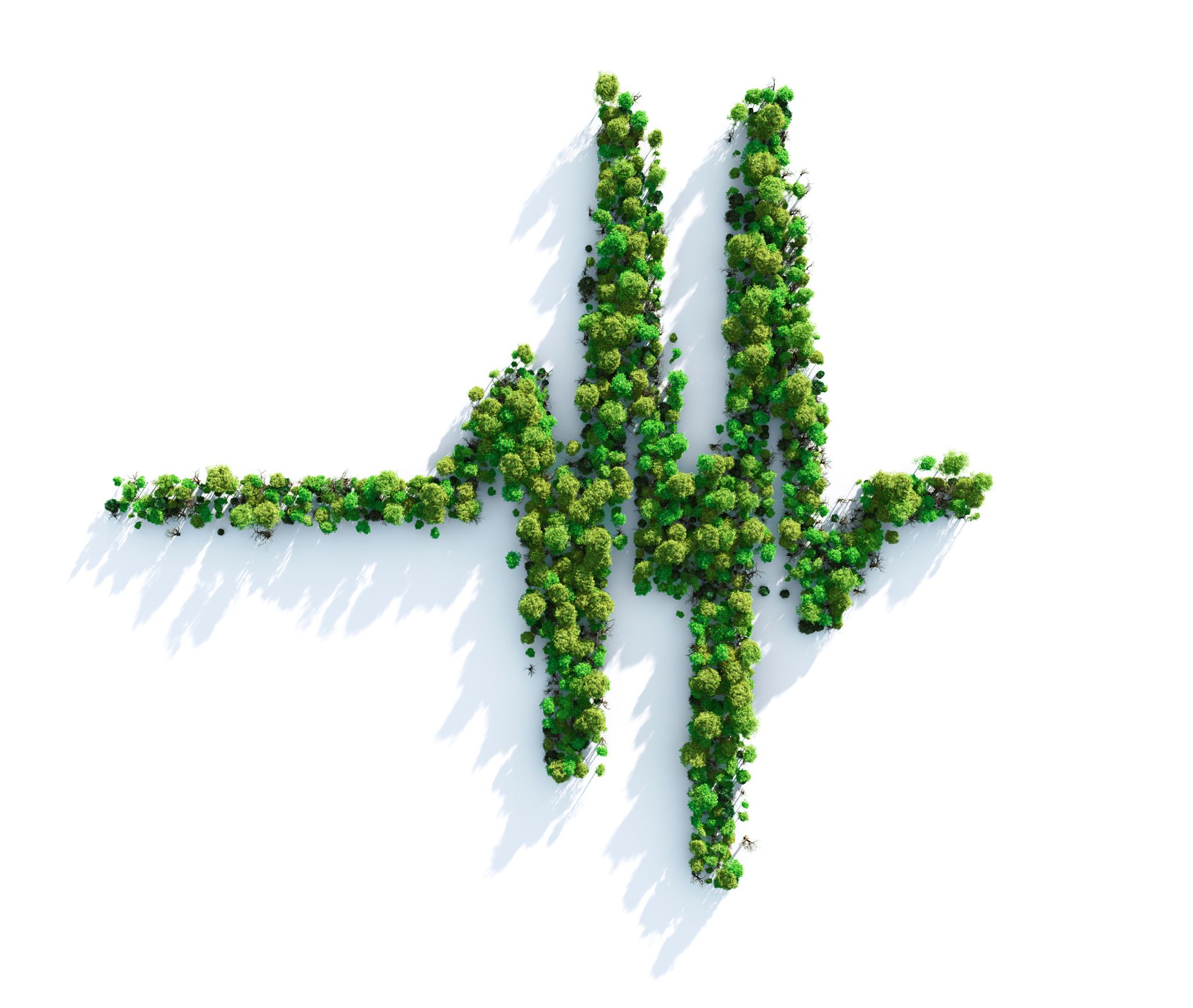Top 5 Signs Your Trees Need Professional Attention
Recognizing the Signs of Tree Distress
Trees are not just majestic additions to our landscapes; they play a crucial role in our ecosystems. However, just like any living organism, they can experience issues that require professional intervention. Recognizing the signs early can save your trees and potentially prevent property damage.
Understanding the indicators of tree distress can be vital in maintaining not only the health of your trees but also the safety of your surroundings. Here are the top five signs that your trees might need professional attention.

1. Visible Damage or Decay
One of the most obvious signs that a tree needs professional care is visible damage or decay. This includes cracks in the trunk, dead branches, or mushrooms growing at the base of the tree. These could indicate a compromised structure and a higher risk of falling branches or even the entire tree.
Decay can also manifest in less obvious ways, such as soft spots or cavities in the trunk. If you notice any of these signs, it's important to contact an arborist to assess the situation and determine the best course of action.
2. Unusual Leaf Behavior
Trees communicate their health through their leaves. If you observe leaves that are wilting, discolored, or falling off out of season, it might be indicative of an underlying health issue. Leaf problems can be caused by pests, diseases, or environmental stresses which need to be addressed by a professional.
Additionally, if a tree is losing leaves from only one side or has sparse foliage, it could suggest a more serious problem requiring expert evaluation.

3. Root Issues
The roots are the foundation of a tree's health, and issues here can be particularly harmful. If you see exposed roots that are damaged or decaying, it's a red flag. Sometimes, root problems are not visible but manifest as sudden tree lean or soil heaving around the base.
Since root problems can lead to instability, it is crucial to have them inspected by a professional to ensure the tree's structural integrity is not compromised.
4. Pest Infestations
Pests are not only a nuisance but can severely affect tree health. Signs of infestation include holes in leaves or bark, and sawdust-like material at the base. Early detection and control are vital to prevent significant damage.

If you suspect a pest problem, contacting a professional can help identify the pest and recommend treatment options to protect your tree and prevent the spread to other plants.
5. Abnormal Growth Patterns
Unusual growth patterns such as stunted growth, unusually shaped branches, or excessive growth on one side can signal underlying health issues. These anomalies may result from environmental stressors or disease and require professional assessment.
An arborist can help correct these growth patterns through pruning or other interventions to encourage healthy development.
In conclusion, staying vigilant about these signs can help maintain your trees' health and the safety of your property. Regular inspections by professionals can not only address these issues but also prevent potential problems from escalating.